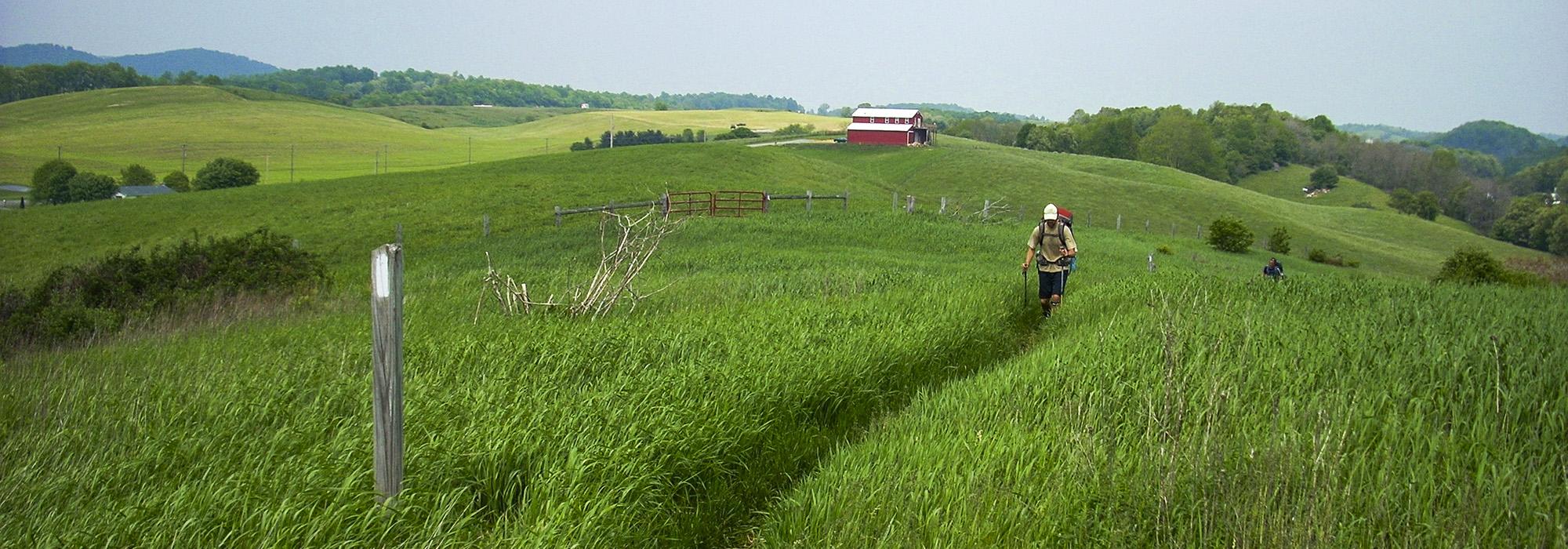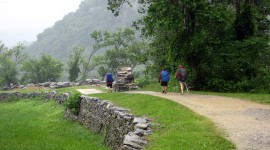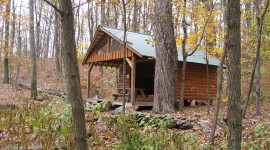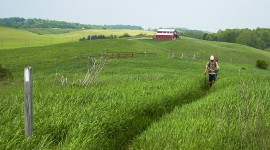Crossing the Line: The Atlantic Coast Pipeline and the Appalachian Trail
Conceived and created by private citizens nearly a century ago, the Appalachian Trail is the world’s longest footpath dedicated solely to hiking. Stretching nearly 2,200 miles from Maine to Georgia and traversing fourteen states, the trail allows more than three million visitors per year to experience the scenic beauty, natural wilderness, and cultural landscapes of America’s Appalachian Mountains. In January 2018 the U.S. Forest Service issued a permit authorizing Dominion Energy’s Atlantic Coast Pipeline to cross beneath the trail. A federal court’s ruling reversed that decision, and the energy giant now wants Congress to intervene on its behalf, allowing a natural-gas pipeline to cross the trail on national forest lands for the first time in history.
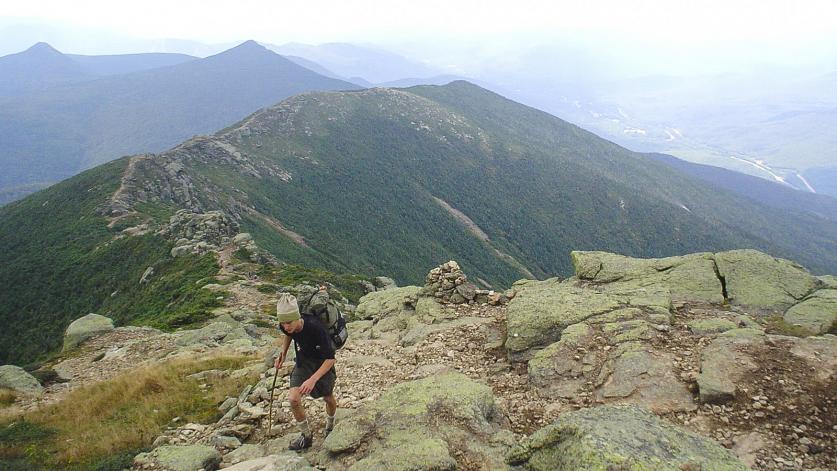
History:
The Appalachian Trail was the brainchild of regional planner, conservationist, and forester Benton MacKaye. Born in Stamford, Connecticut, in 1879, MacKaye earned undergraduate and graduate degrees in forestry from Harvard University. He worked for the U.S. Forest Service for thirteen years and became a founding member of The Wilderness Society. In 1921 MacKaye published an ambitious proposal calling for a continuous wilderness trail to link the highest point in New England to the highest point in the American South. Four years later, the Appalachian Trail Conference (which became the Appalachian Trail Conservancy in 2005) was formed to achieve MacKaye’s vision. The conference recruited volunteers, established local hiking clubs, and forged new trails to connect existing ones, with the fully continuous hiking path finally achieved in 1937.
Known affectionately as ‘the footpath for the people,’ the Appalachian Trail would provide opportunities for leisure, enjoyment, and the study of nature to the rapidly growing U.S. population, much of which lived within a day’s drive of its course. It would also prove a highly effective catalyst for land-use control and the protection of wilderness and rural lands. In 1968 Congress passed the National Trails System Act, designating the trail, along with the Pacific Crest Trail, as a National Scenic Trail, affording it protection by the federal government and authorizing funds to buffer it with the acquisition of additional lands.
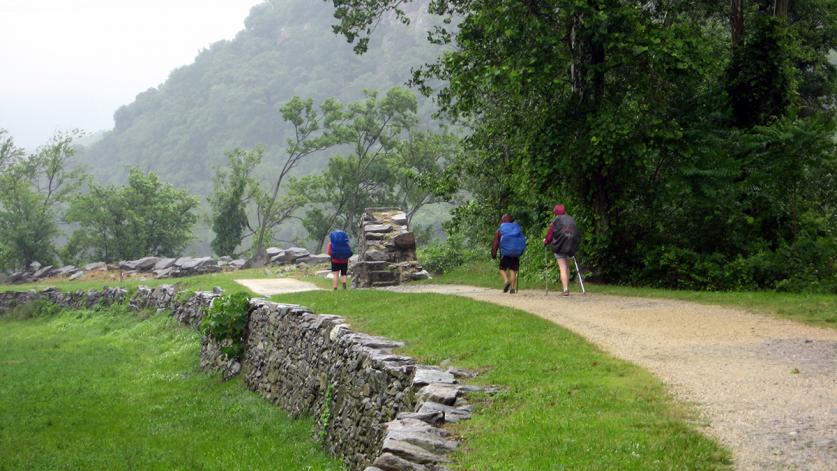
The trail connects Maine’s Mount Katahdin to Georgia’s Springer Mountain, a 2,175-mile-long public footpath rich in diverse regional character. No single entity owns the trail, which crosses more than 1,000 miles of U.S. Forest Service lands, 700 miles of national parks, and 420 miles of state and private lands. Rustic huts and campsites made from local materials offer shelter in the midst of open meadows, woodlands, and rocky cliffs. Numerous bridges, from simple wooden footbridges to suspension bridges that carry hikers over deep ravines, are also found along the path. The trail is administered by the National Park Service (NPS) in conjunction with the Appalachian Trail Conservancy, with support from numerous volunteer groups and public land-managing agencies.
Threat:
On July 18, 2016, Dominion Energy filed documents with the Federal Energy Regulatory Commission outlining a proposed route for the Atlantic Coast Pipeline (ACP). At an estimated cost of $7.5 billion, the 600-mile-long pipeline is intended as a conduit for fracked natural gas originating in West Virginia’s Marcellus Shale, then running through Virginia and into North Carolina. In January 2018, the U.S. Forest Service issued a permit for the ACP to cross the Appalachian Trail on national forest land at a point southwest of Charlottesville, Virginia, near the Three Ridges Overlook.
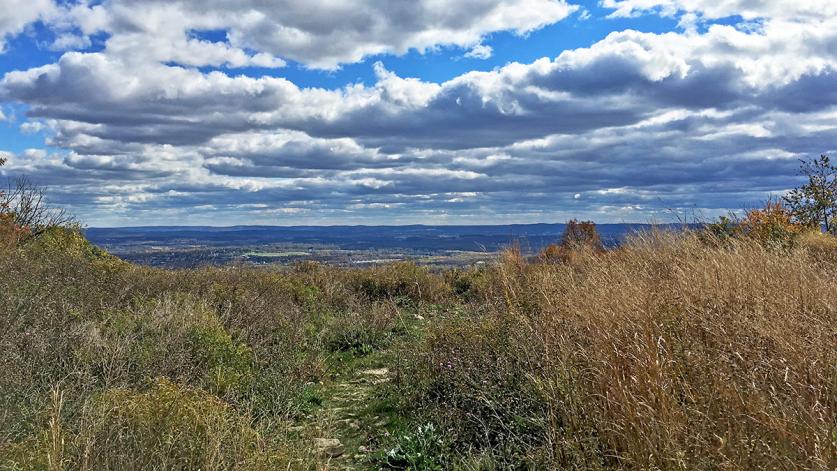
Through horizontal drilling, a 42-inch-diameter pipe would cross beneath the Appalachian Trail within the George Washington National Forest. The pipeline would, however, require a 50-foot-wide permanent right-of-way through the landscape, a continuous strip of open land in stark contrast to the surrounding unbroken forest. An updated visual impact assessment completed in 2017 has already determined that the path of the ACP would be visible from several “key observation points” (KOPs) along the trail:
The ACP corridor would be clearly visible from KOPs ANST 8a and 8b (Figures 3-42 through 3-49), at the [Blue Ridge Parkway] Three Ridges Overlook, where the [Appalachian National Scenic Trail] crosses the BRP. Views here would be similar to those described for KOP 39 (see Section 4.1.2): the corridor would be visible approximately 0.75 to 1.0 mile from the viewer, in the middleground, as defined by the USFS. Viewers at the Three Ridges Overlook would have an axial view along the corridor, approximately at eye level, at the crest of a ridge.
All told, the ACP would traverse approximately sixteen miles of land within the George Washington National Forest, five miles of land within the Monongahela National Forest, and would also make its way, for nearly five miles, across the Seneca State Forest. And as very recent safety violations documented by the Pipeline and Hazardous Materials Safety Administration have shown, there are reasons to believe that the ACP poses threats other than despoiling the historic character and natural beauty of the Appalachian Mountains.
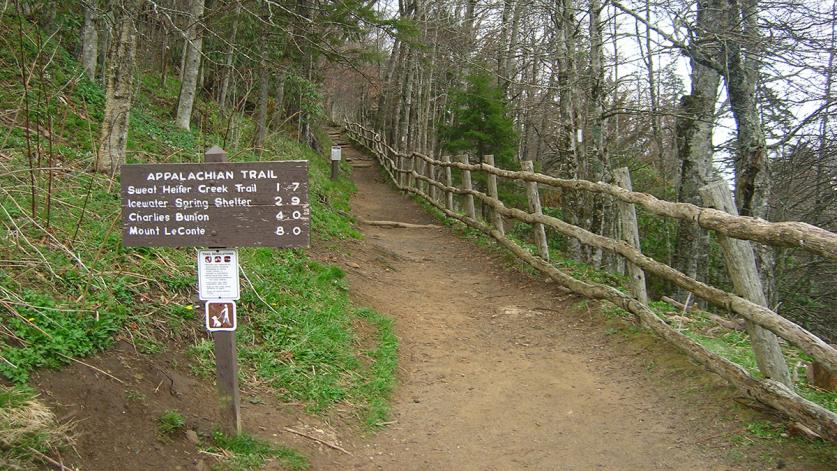
Soon after the Forest Service issued its permit, a coalition of several advocacy groups challenged the decision in federal court. On December 13, 2018, in the matter of Cowpasture River Preservation Association v. Forest Service, No. 18-1144, the Fourth Circuit Court of Appeals decided that the U.S. Forest Service did not have the authority to issue the permit, thanks, ironically, to the Mineral Leasing Act of 1920. That Act authorized the granting of rights-of-way and the leasing of federal lands for energy development, but it carefully defined “federal lands” as lands owned by the United States “except lands in the National Park System.” And according to the Organic Act of 1916, the National Park System includes “any area of land and water administered by the Secretary of the Interior through the National Park Service” (emphasis added). When the Appalachian Trail was designated a National Scenic Trail in 1968, Congress established that it would be administered by the NPS—even those parts of the trail that traverse National Forest Service lands, which are otherwise under the purview of the Secretary of Agriculture.
The Appalachian Trail has not been a barrier to pipeline construction, and 55 other pipelines already cross the trail in 34 locations. But as research by the Southern Environmental Law Center (SELC) discovered, those crossings occurred on state- or privately owned land, or they occurred on land owned by the National Park Service subject to a pre-existing pipeline easement—i.e. an easement created before the designation of the trail as a National Scenic Trail or federal acquisition of the land. As SELC attorney D.J. Gerken wrote:
We have examined every existing crossing of the [Appalachian National Scenic Trail] by an oil or gas pipeline and confirmed that the Forest Service has never before granted a new right-of-way for an oil or gas pipeline to cross the ANST where it traverses a national forest, until it did so for the Atlantic Coast and Mountain Valley pipelines.
Thus the Fourth Circuit’s decision is a basic case of statutory interpretation: Because the full length of the Appalachian Trail is an administrative unit of the national park system, and the Mineral Leasing Act prohibits oil and gas pipelines across federal lands in the national park system, it would take Congressional action for any future pipelines to cross the trail on forest service lands.
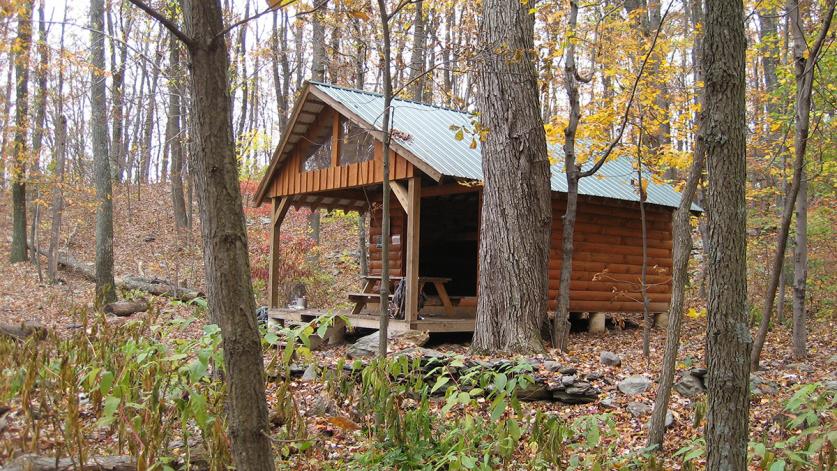
Unless, that is, the U.S. Supreme Court overturns the Fourth Circuit’s decision. As was expected, Dominion Energy, along with the Trump Administration, filed a petition in June 2019 asking the high court to hear the case. The SELC has countered with a brief outlining why the court should not accept the case. At present, it remains unclear whether the Supreme Court will indeed take the case when it returns for regular session this October, but if it does not, then Dominion Energy will surely turn to Congress to get the results it desires. Jonathan Jarvis, the former director of the National Park Service, has recently made the case for why Congress should say ‘No.’ Of course, Dominion has options to route the pipeline across the trail on state or private lands or via existing pipeline easements, but the company has not explored those options.
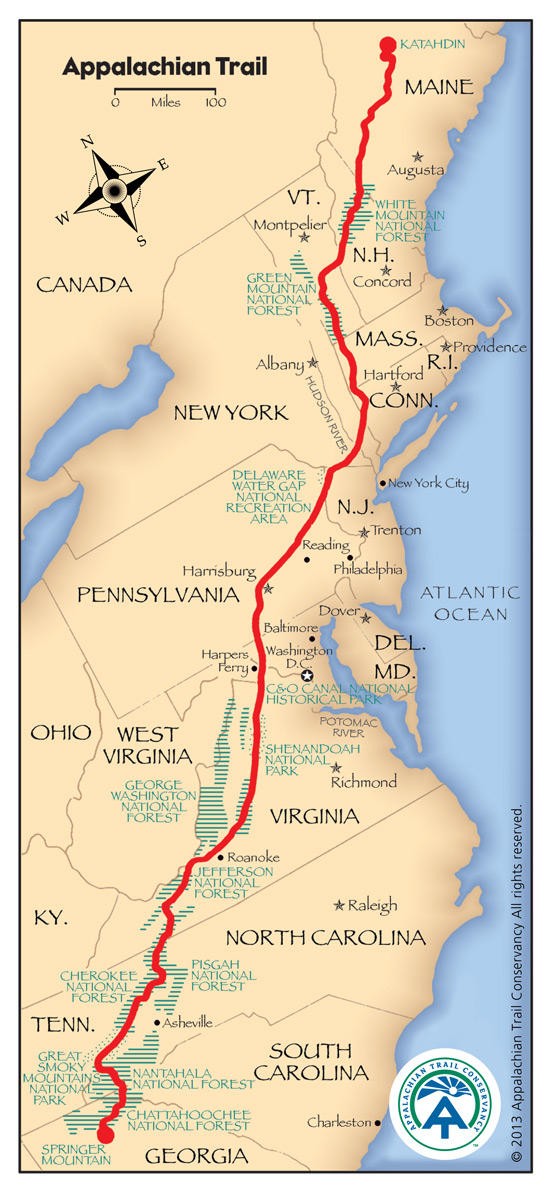
What You Can Do to Help:
Contact the U.S. Senators and Representatives of Virginia and West Virginia and tell them to allow the protections for the Appalachian Trail to remain in place.



